Greens and blues create a soothing garden palette, but sometimes they need a little light to wake them up — especially if daylight is waning and more and more time outside is spent between sunset and sunrise. If you are looking for low maintenance, high-impact white color and textural contrast, take a look at cushion bush. It resembles an extraterrestrial, adding unique beauty — and humor — to the temperate garden year-round.
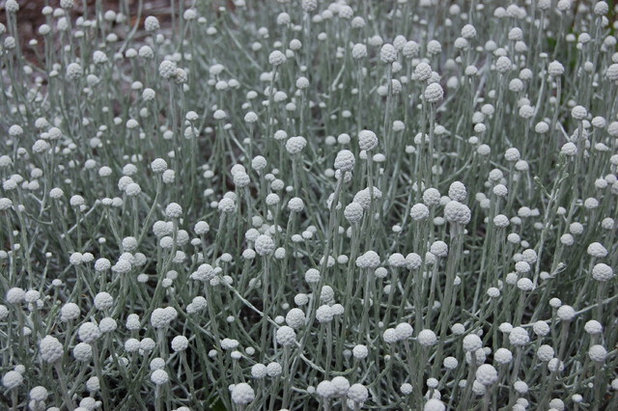
Far Out Flora
Botanical name: Calocephalus brownii (syn.
Leucophyta brownii)
Common name: Cushion bush
USDA zones: 9 to 10 (find your zone)
Water requirement: Medium; do not overwater
Sun requirement: Full sun
Mature size: 3 feet tall and wide
Benefits and tolerances: Drought tolerant; thrives in coastal conditions
Seasonal interest: Distinct evegreen foliage; flowers in summer
When to plant: Spring to summer
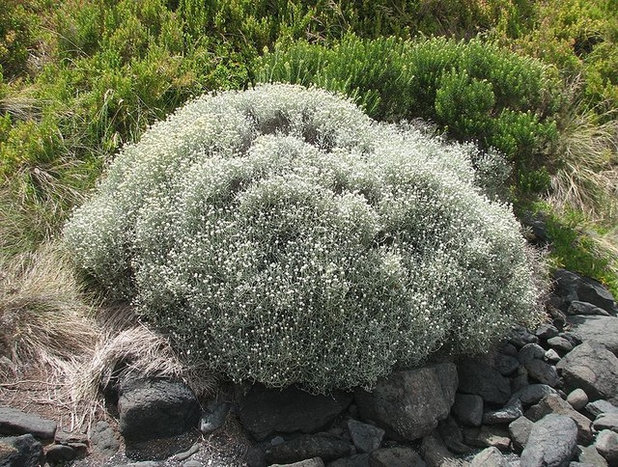 Distinguishing traits.
Distinguishing traits. Native to the coastal cliffs of Australia, this snowy white mounding shrub is grown for its unique, eye-catching foliage. It somewhat resembles underwater coral or even a leafless weed.
While the plant itself appears prickly and defensive, cushion bush is actually pretty fuzzy to the touch — the result of small, narrow leaves compressed tightly against its architectural, branching stems.
Photograph by Melburnian
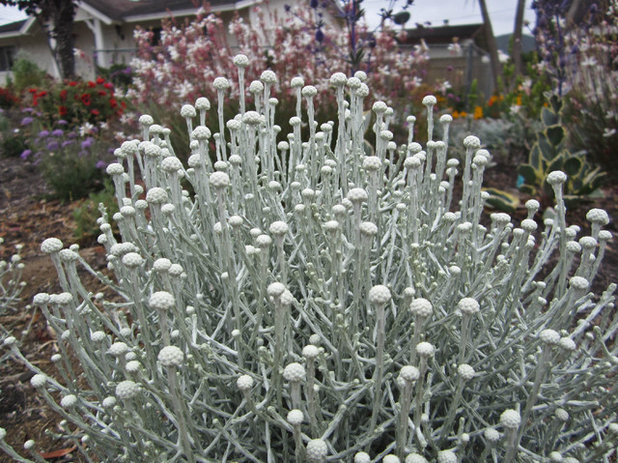
Kaveh Maguire
It’s an evegreen shrub that grows 1 to 3 feet tall and wide. It flowers in late spring or summer, producing small, button-shaped clusters of green flowers. In winter the white coloring of the foliage becomes even more pronounced, transforming to an almost green-white.
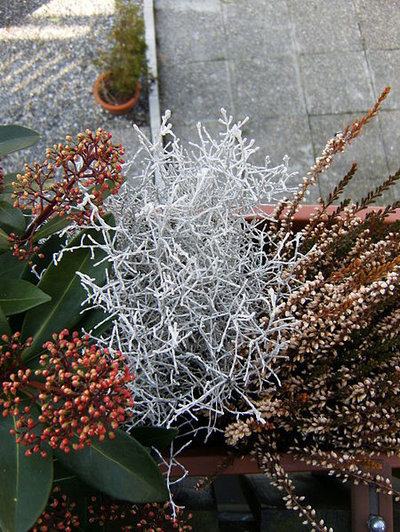 How to use it.
How to use it. While white in the garden is a delight any time of year, it's especially true when the days are shortening and time in the garden is more likely to be spent in the dark. Cushion bush’s fluorescent coloring is especially helpful on a path's edge — it will reflect light and illuminate your way.
Its affinity for salt makes it a good pick for saltwater pools or coastal banks. It looks great in coastal gardens, in planters and alongside succulents.
Photograph courtesy of Chris.urs-o
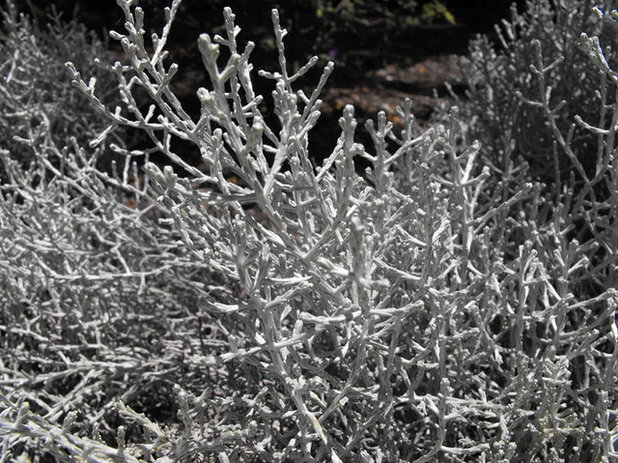 Planting notes.
Planting notes. Cushion bush thrives in seaside conditions, and growth improves in direct, salty wind. It is, however, sensitive to humidity and unpredictable temperature swings.
Plant it in direct sun in sandy, quick-draining soil. It is very drought tolerant and prefers not to be overwatered; also keep an eye out for fungus.
Cushion bush is hardy to 20 degrees Fahrenheit but is somewhat frost tolerant. Mulching its roots over the winter will give it a better chance of surviving.
As the shrub matures, be sure to cut out the dead and woodier parts and trim spent flowers. It will not react well to hard pruning, but you can pinch young stems to promote fuller growth.





